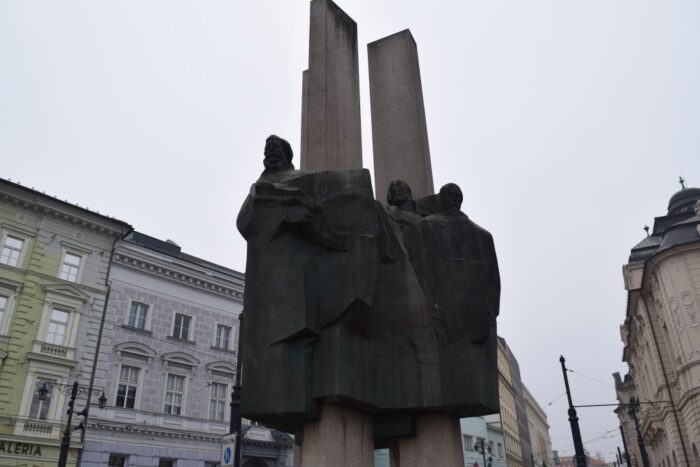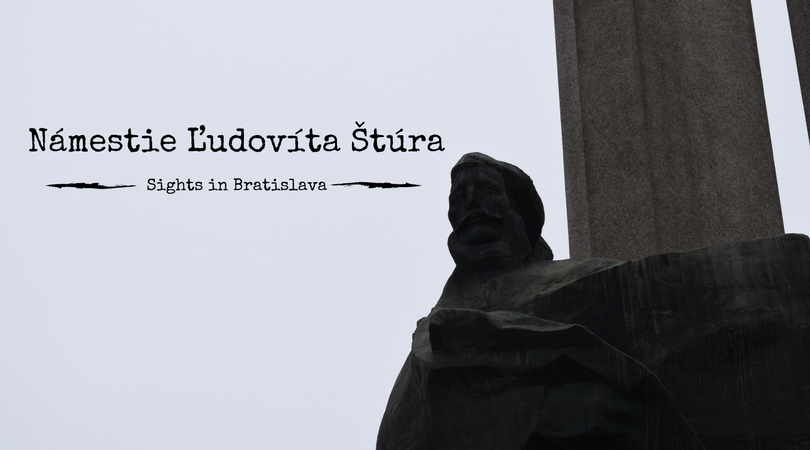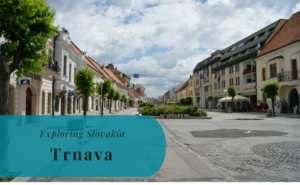If you ever visit Bratislava or Slovakia, you will most certainly come across the name Ľudovít Štúr. All countries have their national heroes, and this is one of the most important people in Slovak history. You pronounce the name like this [ˈʎudoviːt ˈʃtuːr]. Sources describe him as a reformer, politician, poet, journalist, publisher, teacher, philosopher, linguist, and a member of the Hungarian Parliament. A man of many trades, in other words. The town of Parkan (Párkány in Hungarian) on was renamed Štúrovo in 1948. In case you catch the train to Budapest, you will pass by this town.
Who Was Ľudovít Štúr?
“Človek bez svedomia je koža biedna, daromná; národ bez vedomostí historickej o sebe a predkoch svojich je hromádka koží otrockých.”
“A man without consciousness is poor, careless; a people without historical knowledge about itself and its ancestors is a heap of slaves.” *
-Ľudovít Štúr

Ľudovít Štúr: Slovak national revivalist (1815-1856)
Born in 1815 in Uhrovec, Ľudovít Štúr led an eventful and productive life. In the 19th century, national consciousness and awareness spread around Europe. Slovakia was no exception. During the revolutionary upheavals of 1848-9 Štúr and some of his fellow patriots participated in an uprising against Hungarian forces. This was the first time men had fought and died for Slovakia. This event was probably the result of tension between the Hungarian majority on the one hand, and Slovaks (and other Slavs) on the other. Due to increased nationalism and the process of Magyarization in Hungary, the relationship between the different peoples in the empire became increasingly complex. There were calls for cultural co-operation and unity of Slavs.
During his studies, Štúr was active in the Czech-Slav Society, and he became one of the leading figures in the Slovak national movement in the 1840s. One of his main achievements was the creation of modern standard literary Slovak. This was also an important political tool at the time. Check out the sources at the end of this post, if you want to read more about this topic.
In case you want to follow in the footsteps of this national hero, you should also go to Devin. In 1836, a group of Slovak nationalists gathered at the castle ruins. Here they adopted Slavic middle names, swore to promote the Slovak nation, and sang a song that would later be the anthem of the Slovak Republic in 1939-1945 as well as the national anthem of the Socialist Federative Republic of Yugoslavia.
Ľudovít Štúr accidentally shot himself in December 1855 and died in Modra in January 1856. One interesting fact is that Štúr and Communist leader Alexander Dubček were born in the same house.


Ľudovít Štúr In Bratislava
When walking around in Bratislava, you will come across the name Ľudovít Štúr in many places. At least a street and a square bear his name.
Námestie Ľudovíta Štúra
This square is located in Old Town, near the Danube. Some of the buildings nearby are the Slovak National Gallery, Esterhazy Palace, and Dessewffy Palace. The shopping center Eurovea is also close by.
Ludovít Štúr Statue
The statue of the national hero stands on Námestie Ľudovíta Štúra. The monument and its bronze sculpture show Štúr and other figures, and it is the work of Slovak sculptor Tibor Bártfay and
Štúr Café
After all the walking and history, it might be time for some coffee or tea. You find this cozy café at the beginning of Štúrova ulica, in the Old Town. They have great cake!
Sources
*own translation






